Vertical Studies at Sonic Acts
 Monday, February 6, 2017 at 19:30 tagged
Monday, February 6, 2017 at 19:30 tagged  altitude,
altitude,  architecture,
architecture,  instruments,
instruments,  sonicacts,
sonicacts,  sound,
sound,  soundart,
soundart,  soundscape,
soundscape,  soundscapes,
soundscapes,  vertical
vertical 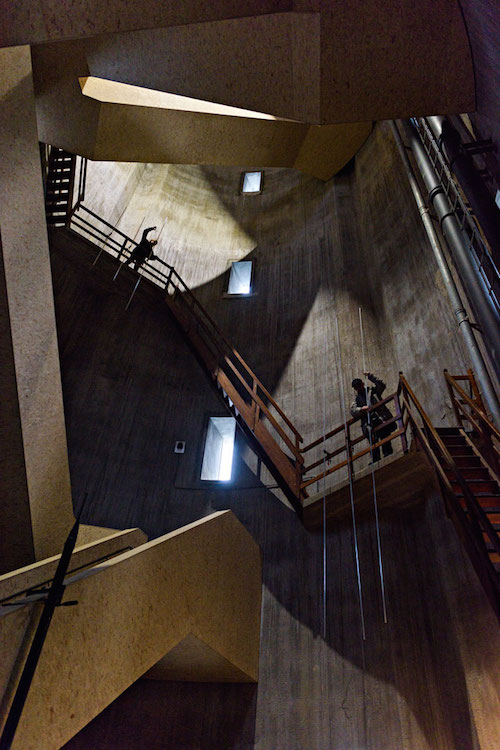
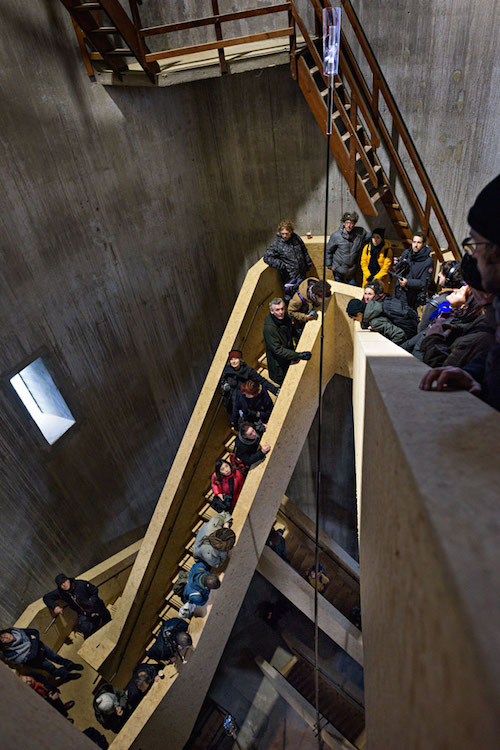
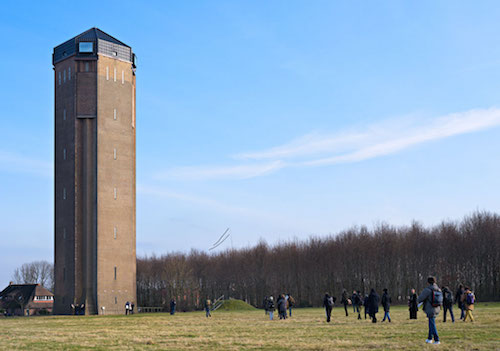
 Monday, February 6, 2017 at 19:30 tagged
Monday, February 6, 2017 at 19:30 tagged  altitude,
altitude,  architecture,
architecture,  instruments,
instruments,  sonicacts,
sonicacts,  sound,
sound,  soundart,
soundart,  soundscape,
soundscape,  soundscapes,
soundscapes,  vertical
vertical 


 Sunday, October 9, 2016 at 1:12 tagged
Sunday, October 9, 2016 at 1:12 tagged  design,
design,  exhibition,
exhibition,  instruments,
instruments,  soundart
soundart 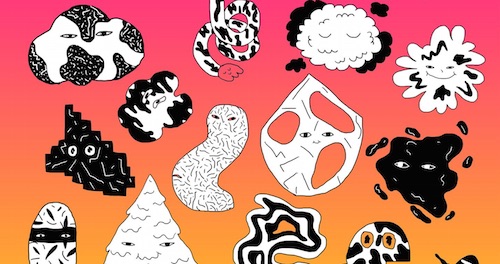
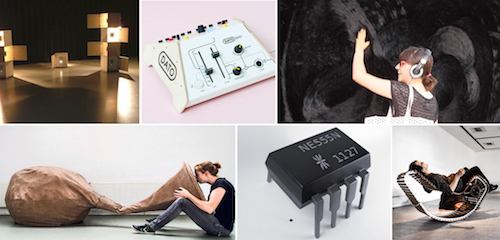
 Monday, August 15, 2016 at 23:42 tagged
Monday, August 15, 2016 at 23:42 tagged  animals,
animals,  experience,
experience,  farm,
farm,  instruments
instruments 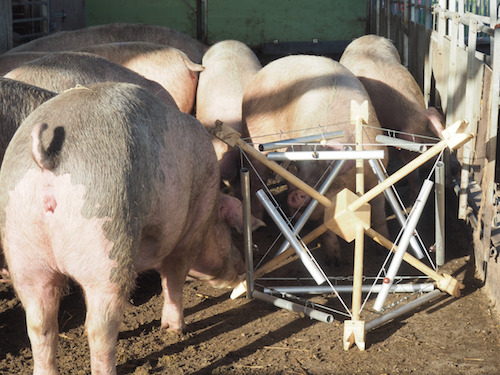
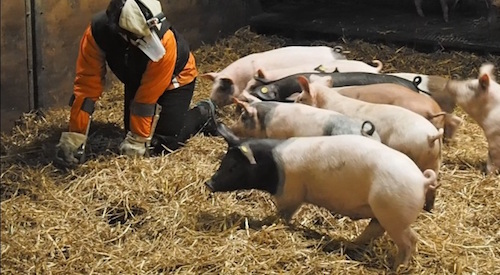
 Friday, May 27, 2016 at 14:03 tagged
Friday, May 27, 2016 at 14:03 tagged  instruments,
instruments,  kids,
kids,  synthesis,
synthesis,  synthesizer,
synthesizer,  toys
toys 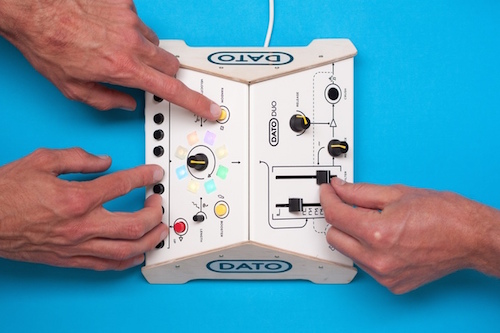
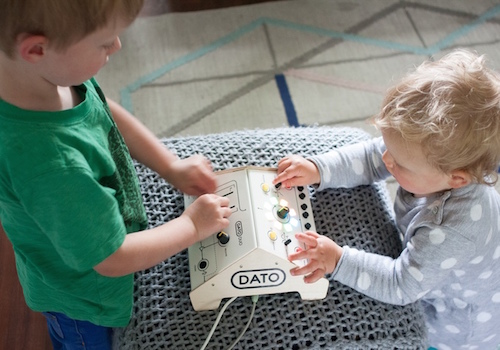
 Friday, November 20, 2015 at 10:51 tagged
Friday, November 20, 2015 at 10:51 tagged  installations,
installations,  instruments,
instruments,  percussion,
percussion,  performance,
performance,  spatial
spatial  Wednesday, October 21, 2015 at 23:15 tagged
Wednesday, October 21, 2015 at 23:15 tagged  design,
design,  instruments
instruments During the Dutch Design Week that’s on this week in Eindhoven (Netherlands), designers exhibit their latest works. Very often, there’s also newly graduated students present. Such as Lola Gielen, who graduated from the Design Academy in Eindhoven this year with her instrument Neo.
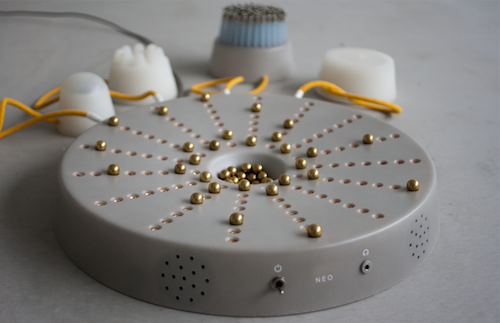 Gielen calls Neo “A music instrument everybody can play”, and is designed out of her own will to be able to play an instrument, but getting fed up with practicing or simply not having the time for it. I myself, being a sound artist/designer, can definitely relate to this. Often it is just easier to create or code the tool that you need to fulfill your needs.
Gielen calls Neo “A music instrument everybody can play”, and is designed out of her own will to be able to play an instrument, but getting fed up with practicing or simply not having the time for it. I myself, being a sound artist/designer, can definitely relate to this. Often it is just easier to create or code the tool that you need to fulfill your needs.
Neo is a circular sequencer that combines the tactile, sensory experience of making music with a time-based sequencer-like design. Neo loops over the circular matrix, playing notes when there’s a marble, not unlike pins on a barrel organ. Furthermore Gielen created a collection of external modules, that you can influence while the sound is playing, creating a tactile, interactive sequencer. Inside, there’s a Raspberry Pi running Python scripts getting in the sensor data, converting it to OSC and sending it to a Puredata patch, creating the sound.
 Saturday, March 28, 2015 at 14:03 tagged
Saturday, March 28, 2015 at 14:03 tagged  art,
art,  fivesoundquestions,
fivesoundquestions,  instruments,
instruments,  interview,
interview,  sound
sound 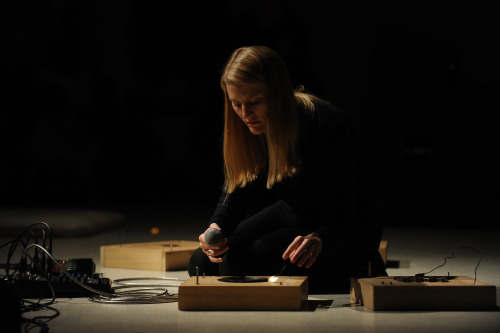
Lesley Flanigan is an experimental electronic musician living in New York City. Inspired by the physicality of sound, she builds her own instruments. Performing these instruments alongside traditional instrumentation that often includes her own voice, she creates a kind of physical electronic music. In her two-day “Residue” performance in the Guggenheim (below), she performs on minimal electronic instruments built from speakers and microphones. Periodically Flanigan enters the room and adds new elements to the system. As the textures react and build on each other, the space reverberates with subtle sonic imperfections, creating a physical sense to the sound in the space.
I found out about Lesley as she is playing some gigs in Europe, alongside sound artist Tristan Perich (whose Microtonal Wall we’ve featured before). One of them being the Fluister concert series in The Hague, the Netherlands on April 3rd. Furthermore they’ll be playing France, Switzerland and Germany as well in the coming days. Check out her website for more dates.
1. What sound from your childhood made the most impression on you?
First, is the sound of my mother’s voice resonating within her body. This is a sound I would hear with my ear was pressed to her chest as she sang or read to me. Her voice was so warm, like a blanket. Second, is the sound of my own voice. There was a hallway in my childhood home that had a natural reverb, and I used to sing in that space when no one was home. It was not a large space, but when I sang, my voice would soar and fill the air like I was in a cathedral.
2. How do you listen to the world around you?
When I actively listen, I am usually taking a long walk outside or sitting with my eyes shut.
3. Which place in the world do you favor for its sound?
Oddly, when I think of places that I favor for sound, they are all very quiet places… where sound is almost, but not entirely, absent.
4. How could we make sound improve our lives?
I think it’s about listening. I feel that when we take time to truly listen — to actively engage in listening to another person, to music, to sounds in nature and in cities, to all the many sounds in world around us — we give ourselves time to be present in our lives. That’s very meaningful to me.
5. What sound would you like to wake up to?
Ocean waves. Birds. Trees blowing in the wind. My husband and daughter laughing.
Thanks Lesley! See answers by other artists in the Five Sound Questions section, and be sure to check her out on one of her tour dates.
 Wednesday, February 4, 2015 at 10:12 tagged
Wednesday, February 4, 2015 at 10:12 tagged  instruments,
instruments,  model,
model,  physical,
physical,  software,
software,  strings,
strings,  virtual
virtual 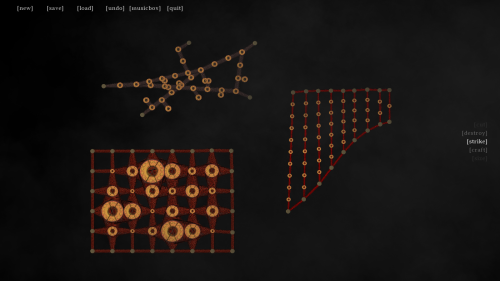
Always wanted to play with virtual physics-based objects in a playful way? Andrew Stewart Allen is a programmer, researcher and composer based in San Diego. His recent work is mainly focused on researching and programming physically-informed real-time interactive audio systems. His system Ruratae, which he also wrote his dissertation on, is exactly this. Ruratae is a collaboration of him with visual artist Susanna Var, who created the unique visual style and UI.
For some reason, procedural audio is still not widely used. In software and games, the same sample is often loaded and played, making for quite static behaviour. Procedural audio can make a simple interaction seem like a living, breathing thing, even if it’s just another tidbit of code. George Lucas, Danny Boyle, etcetera, they’ve all been known to say that sound is a very important part of a film. In interactive media, interactive audio has been scarce, which is a shame. The effect is very clear in Ruratae, where the smallest change makes for a totally different sonic beast!
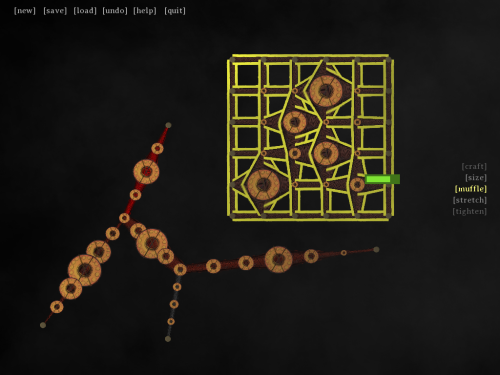
People like Drew are pushing the boundaries and opening up lots of new possibilities with something like Ruratae. Being able to create your own instrument from scratch in a virtual world, according to physical rules, with no DSP knowledge whatsoever is a very interesting new take on audio in games and other software. If you’re a Windows user, you can try out Ruratae yourself!
As Drew is not only a technical guy but also a composer, we’ve invited him for the Five Sound Questions next week!
 Tuesday, May 13, 2014 at 22:05 tagged
Tuesday, May 13, 2014 at 22:05 tagged  installations,
installations,  instruments,
instruments,  wind
wind 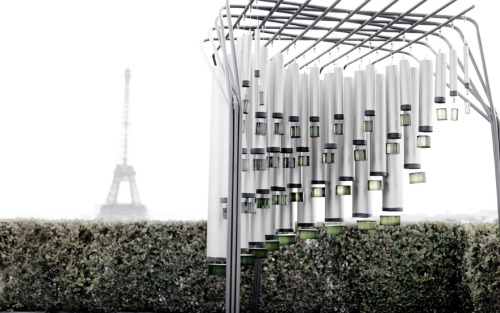
On Everyday Listening we hardly every post about novel instruments. I don’t exactly know why. Is it because most instruments are not as aesthetically pleasing to the eye? Do they not get documented that well?
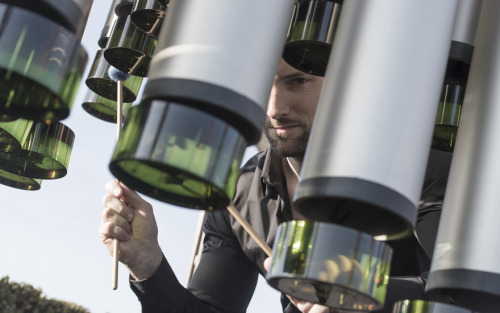
In any case, this half-instrument, half-installation is definitely pleasing to the eye. New York-based sound artist Sebastien Leon created the Carileon, which can be played by the wind and a performer simultaneously. In the video you see multi-instrumentalist Loup Barrow (who plays some awesomely strange instruments) with the Eiffel Tower as a backdrop.
Some say wind chimes are the most basic form of generative music. In this installation, the generative nature and performance come together, which I think is quite interesting.
 Wednesday, January 30, 2013 at 21:39 tagged
Wednesday, January 30, 2013 at 21:39 tagged  instruments,
instruments,  performance
performance 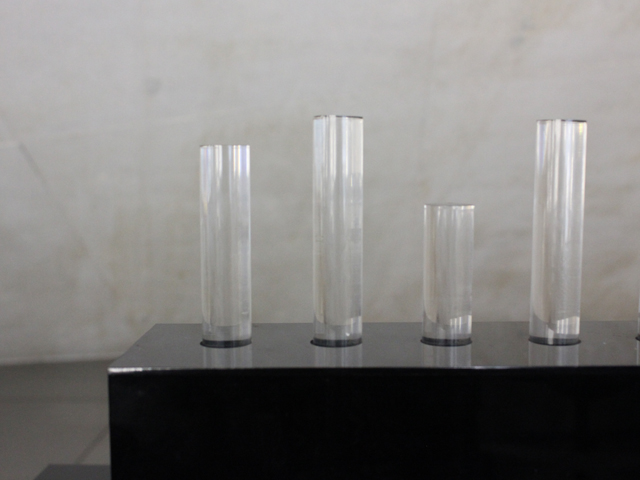
Teaching Music Technology brings back additive synthesis, year by year. For some students the concept of every harmonic sound being a multitude of frequencies is hard to grasp. Visualizing it is always a good way of crarifying things. FS/Partial would come in handy during those lessons.
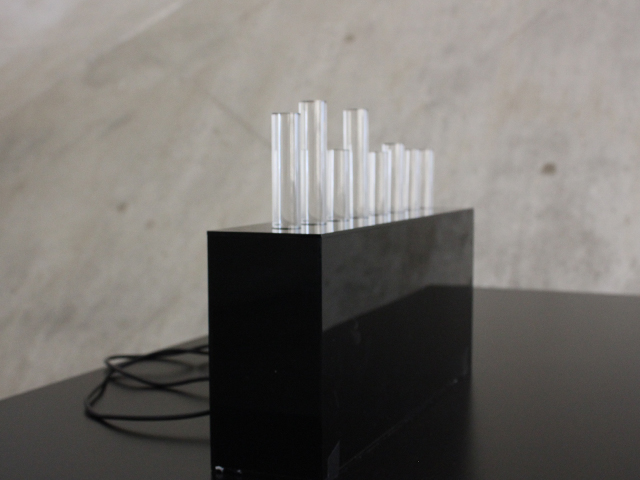
FS/Partial is an instrument created by Dogo Tudela and is meant as a visual way to perform additive synthesis in live contexts. Eight partials can be controlled by the user, by pushing the columns up and down, increasing and decreasing the volume of the sine waves: